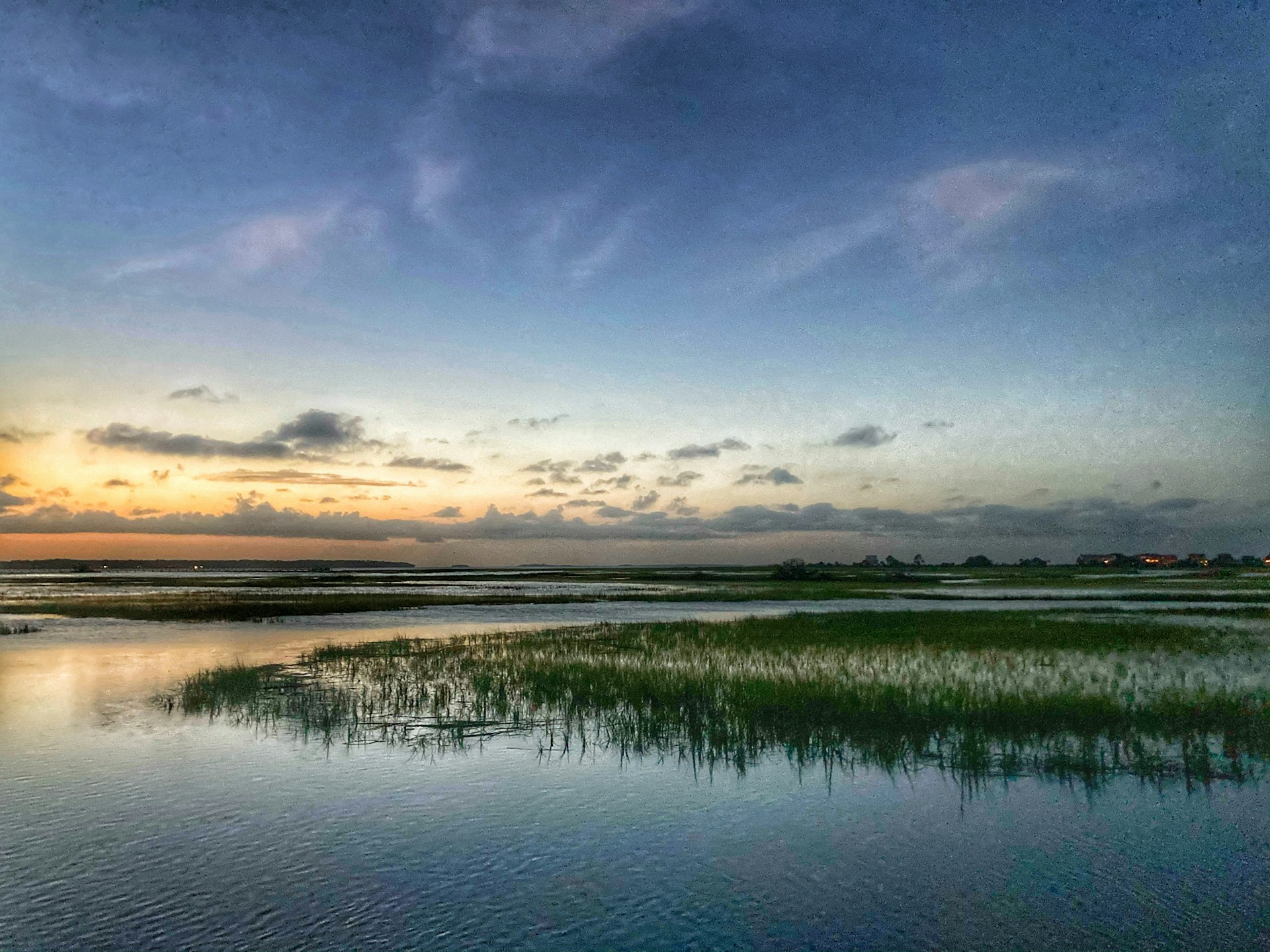Protecting New York State’s Freshwater Wetlands
In the past, wetlands across the nation were treated as dumping grounds for waste. In the 1700s, more than half of the wetlands that existed in the contiguous United States were destroyed due to the pollution and filling in of these areas. You may be asking yourself: “Why should I care about freshwater wetlands?” Or perhaps “what are we doing to protect them?”
The Importance of Freshwater Wetlands
Freshwater wetlands serve a greater purpose than simply providing pleasant scenery. According to the New York State Department of Environmental Conservation (NYSDEC), “freshwater wetlands are lands and submerged lands, commonly called marshes, swamps, sloughs, bogs, and flats, that support aquatic or semi-aquatic vegetation. New York’s Freshwater Wetlands Act was enacted in 1975 to regulate activities near larger wetlands, greater than 12.4 acres, and smaller wetlands considered to be of unusual local importance.”
Additionally, freshwater wetlands are extremely biologically diverse. According to the U.S. National Park Service, they provide homes to over a third of threatened and endangered species. US commercial fisheries depend on wetlands because they are home to a multitude of marine life species. Specialized species of plants live in the wetlands and can only survive in these specific wetland environments.
Not only do these wetlands provide necessary habitat for plants and animals, they also act as a natural filter for polluted water. The wetland plants help to promote regional water quality by trapping and filtering sediment and excess chemicals that originate from industrial activities, such as agriculture, that would otherwise run off into the surrounding area during storm events. The naturally-occurring density of the vegetation in wetlands also helps to prevent erosion by holding the soil together.
What Can You Do?
New York’s 2022-2023 Budget included significant improvements to the State’s wetlands protection program. These improvements include defending approximately one million acres of previously unprotected wetland habitat. In doing so, New York’s ability to adapt to flooding and storms will be greatly improved.
The NYSDEC is seeking comments on the development of proposed regulations that will serve to further protect freshwater wetlands across the State. Starting in the beginning of 2025, the scope of regulation of smaller wetlands of “unusual importance” will expand to include wetlands that meet only one of 11 specific criteria. Some of these criteria include the presence of rare plants and animals in the wetland area, significant flooding, and habitat that is essential to the behavior of an endangered species.
While New York State is working to increase the protection of wetlands, the federal government recently rolled back wetland protections following the Supreme Court’s 2023 decision in Sackett v. EPA. You can read more about this ruling and the subsequent changes made to federal regulations in a previous Walden blog here.
The DEC wants your input so that they can finalize the 6 NYCRR Part 664 Freshwater Wetlands Mapping and Classification regulations. Submit your comments about this issue to the DEC by February 19, 2024 to get your voice heard! For more information on wetlands and how to protect them during the performance of your project, or how to operate your industrial business in their vicinity, call Walden Environmental Engineering today at 516-559-6976.

Photo by Alex Smith on Unsplash
Read about recent developments regarding wetland protections at the federal level here. Contact Walden at 516-559-6976 to speak with an experienced consultant about compliance with wetland-related regulations.
